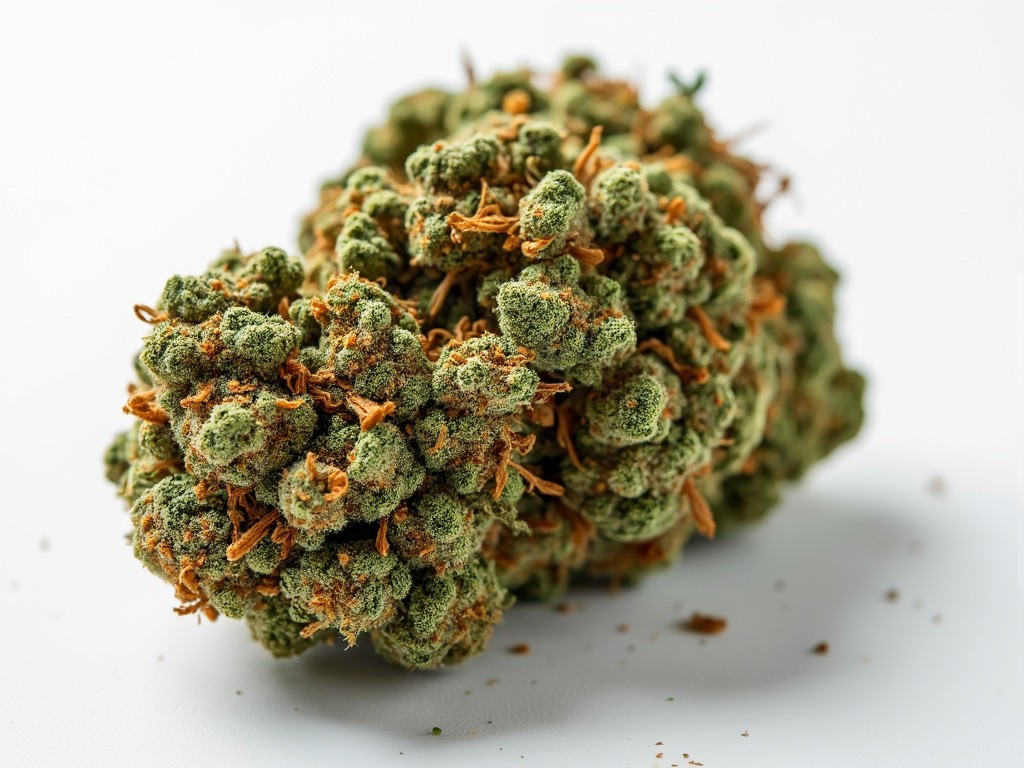Choosing the right strain is huge if you are new...
Home » Cannabis Strains » Forbidden Fruit



The terpene profile of Forbidden Fruit plays a significant role in its flavor and effects. Key terpenes include:

Choosing the right strain is huge if you are new...
While it’s common to attribute cannabis to its ability to...
They come in the form of cannabis concentrates: hash. From...


Connect with a medical marijuana doctor online within minutes with CertaMD and qualify for your medical card. Obtain your cannabis certificate or recommendation instantly via telehealth!

Navigate
Legal
Our Top States
Recommendations with love ❤️
©2025 All Rights Reserved. CertaMd.com
CertaMD does not sell medicines or controlled substances. We are a network of doctors and nurse practitioners, not a dispensary.